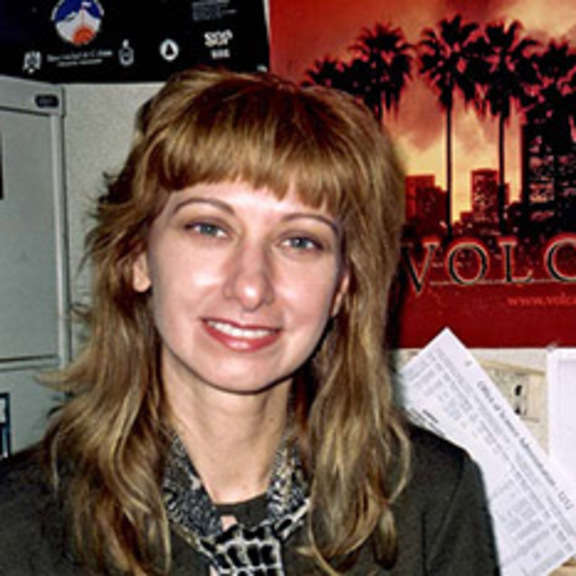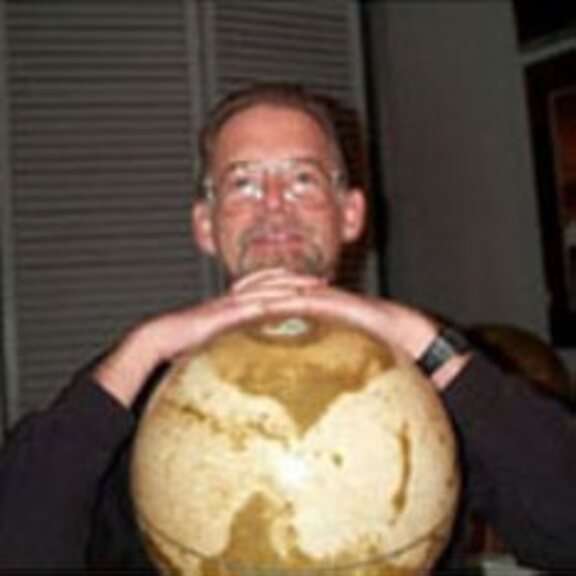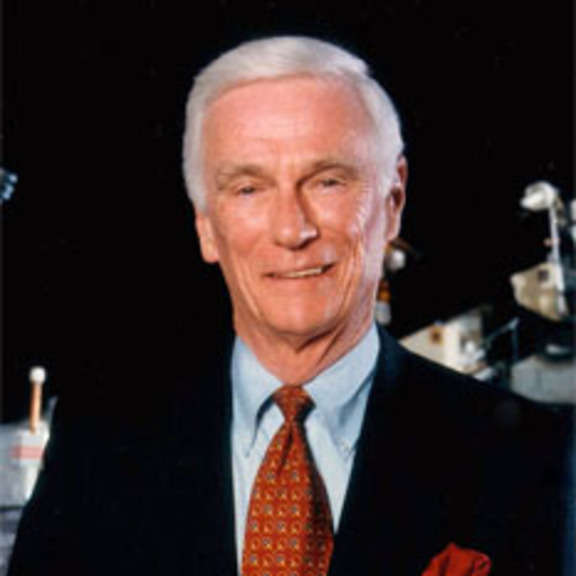Planetary Radio • Jan 24, 2017
Ice, Snow and Lava: Exploring Antarctica’s Mount Erebus
On This Episode

Rosaly Lopes
Senior Research Scientist/Manager for Planetary Science for Jet Propulsion Laboratory

Michael Carroll
Astronomical Artist

Eugene Cernan
Apollo 17 Commander for NASA

Laura Danly
Astrophysicist and Curator for Griffith Observatory
Earth’s southernmost active volcano may also be its most remote. Rosaly Lopes and Michael Carroll recently spent a few frigid days on the slopes of Antarctica’s Mount Erebus. What they learned may help us understand volcanoes on other worlds. Emily Lakdawalla shows us stunning new, close-up images of Saturn’s rings. Bill Nye says a LightSail solar sail prototype has gone on display in a London museum. How could black holes help answer a space trivia contest question about Earth and Saturn? Also, an encore presentation of a visit with the late Gene Cernan, last astronaut to walk on the moon.
Related Links:
- Antarctica’s Mount Erebus
- Antarctica Expeditions Focus on Leadership, Landscape and Art
- Wings WorldQuest Flag Carriers
- At Spacefest VI With Apollo Astronaut Gene Cernan and a Host of Proud Space Geeks
- Amazing photos of tiny moons as Cassini orbits among the rings
- LightSail at Science Museum, London
- Michael Carroll
- Rosaly Lopes
This week's prizes are a lovely Planetary Radio t-shirt, now available in both men’s and women’s styles. Also, a 200-point iTelescope.net astronomy account, and a Planetary Society rubber asteroid.
This week's question:
What solar system moon is closest in size to Mercury?
To submit your answer:
Complete the contest entry form at http://planetary.org/radiocontest or write to us at [email protected] no later than Tuesday, January 31st at 8am Pacific Time. Be sure to include your name and mailing address.
Last week's question:
Approximately how wide is the combined, complex caldera of Olympus Mons, the Martian volcano?
Answer:
The answer will be revealed next week.
Question from the week before:
Approximately how many squished-up Earths would fit inside Saturn?
Answer:
You could squish about 764 Earths into a hollowed-out Saturn. Ah, but how many Earth mass black holes? Answer is in the show.


 Explore Worlds
Explore Worlds Find Life
Find Life Defend Earth
Defend Earth













